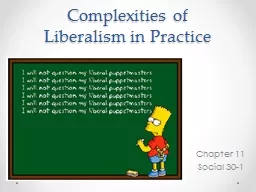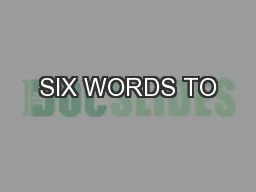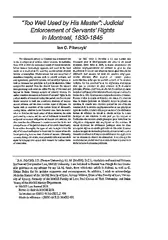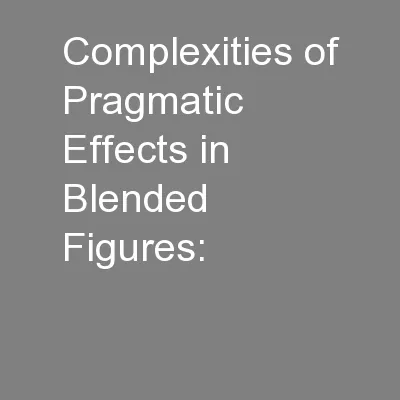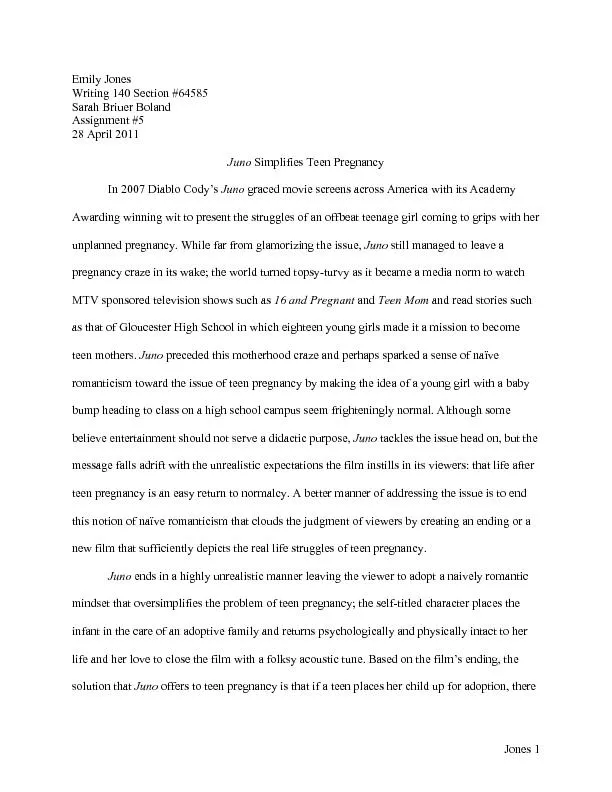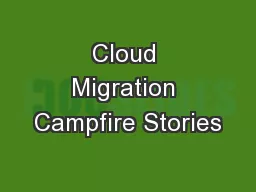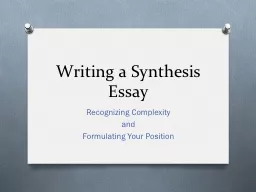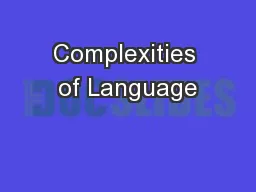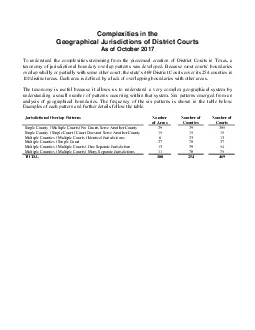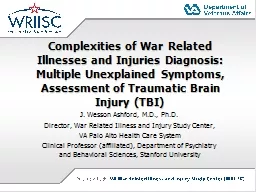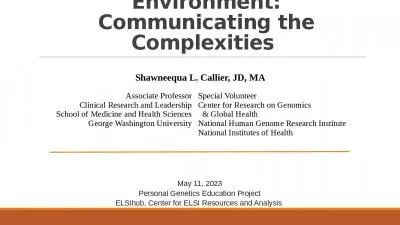PPT-Complexities of
Author : luanne-stotts | Published Date : 2017-08-02
Liberalism in Practice Chapter 11 Social 301 Maher Arar CBS News Interview with Arar Read Page 368 Text To what extent do you think the actions of the US and Syrian
Presentation Embed Code
Download Presentation
Download Presentation The PPT/PDF document "Complexities of" is the property of its rightful owner. Permission is granted to download and print the materials on this website for personal, non-commercial use only, and to display it on your personal computer provided you do not modify the materials and that you retain all copyright notices contained in the materials. By downloading content from our website, you accept the terms of this agreement.
Complexities of: Transcript
Download Rules Of Document
"Complexities of"The content belongs to its owner. You may download and print it for personal use, without modification, and keep all copyright notices. By downloading, you agree to these terms.
Related Documents

